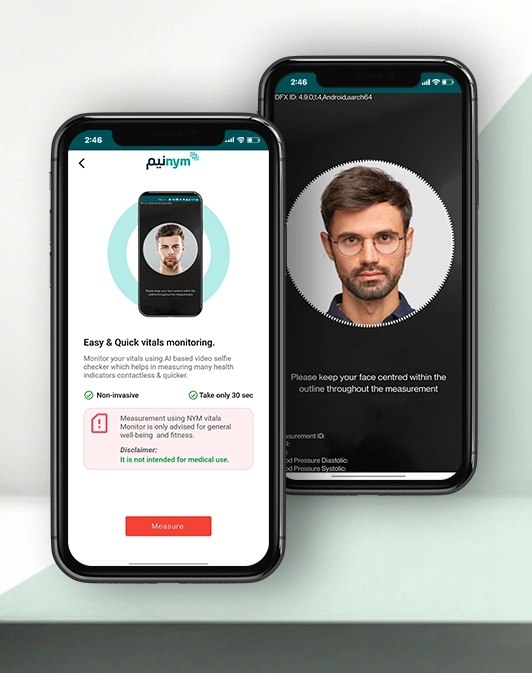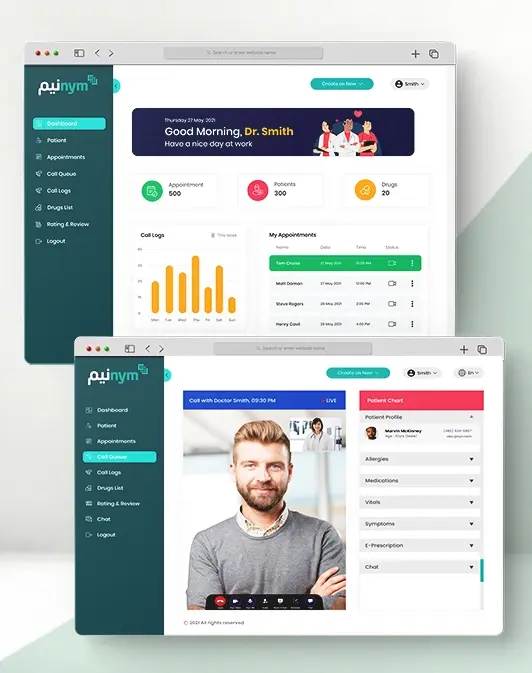
Introduction:
In today's digital age, food delivery apps have revolutionized the way we order food. With platforms like Talabat leading the industry, entrepreneurs and businesses are increasingly interested in developing their own food delivery applications. However, before embarking on such a venture, it is crucial to understand the price considerations involved. In this blog post, we will delve into the various factors that determine the cost of building a food delivery app like Talabat. As a leading app development service provider, SISGAIN has extensive experience in creating successful mobile applications. We will leverage our expertise to provide you with valuable insights and help you understand what to expect in terms of pricing for your food delivery app development journey.
I. Market Research and Planning:
The first step in building a food delivery app like Talabat is conducting thorough market research. Understanding the target audience, competition, and current market trends is vital for success. SISGAIN app development services can assist you in this stage by conducting comprehensive market analysis and providing valuable insights to refine your app's features and functionalities. By identifying your unique selling proposition and understanding user preferences, you can tailor your app to meet market demands effectively.
II. Design and User Interface:
A captivating and user-friendly design is crucial for attracting and retaining users. The app's design and user interface (UI) play a significant role in the overall user experience. SISGAIN team of skilled designers can create visually appealing UI/UX designs that align with your brand identity and enhance the app's usability. They will focus on intuitive navigation, eye-catching visuals, and a seamless user flow to ensure an engaging experience for your app users. Additionally, incorporating branding elements and personalized touches can help differentiate your app from competitors and create a memorable brand image.
III. Development and Features:
The development phase involves transforming your app concept into a fully functional food delivery platform. The cost of development primarily depends on the features and complexity of the app. Here are some essential features to consider:
A. User App:
• Registration and login: Allow users to create accounts and log in using email, social media, or phone numbers.
• Menu browsing and ordering: Provide an extensive catalog of restaurants and their menus, enabling users to browse and place orders seamlessly.
• Secure payment options: Integrate popular payment gateways to ensure secure and hassle-free transactions.
• Real-time order tracking: Keep users informed about the status of their orders and estimated delivery time through real-time tracking features.
• Ratings and reviews: Enable users to rate and review restaurants, ensuring transparency and helping other users make informed choices.
• Push notifications: Send timely notifications to users regarding order confirmations, delivery updates, and promotional offers.
B. Restaurant App:
• Menu management: Allow restaurant owners to add, edit, and update their menus, including prices, descriptions, and images.
• Order management: Provide a dashboard for restaurant owners to manage incoming orders, accept or reject them, and track order statuses.
• Notifications for new orders: Send instant notifications to restaurants when a new order is placed.
• Real-time order tracking: Enable restaurant owners to track the progress of orders and prepare them accordingly.
• Payment integration: Integrate secure payment options for restaurant owners to receive payments seamlessly.
C. Admin Panel:
• User and restaurant management: Provide an admin dashboard to manage user accounts, restaurant profiles, and access rights.
• Order tracking and analytics: Monitor order trends, track user behavior, and generate valuable insights to optimize operations.
• Content management: Facilitate easy management and editing of app content, including restaurant listings, menus, and promotions.
• Marketing and promotional tools: Implement marketing features like targeted promotions, discount coupons, and referral programs to boost user engagement and retention.
IV. Integration and Testing:
After the development phase, integration with third-party services, such as payment gateways and mapping APIs, is necessary. Rigorous testing is crucial to ensure a bug-free and seamless user experience. SISGAIN app development services include thorough testing procedures to deliver a robust and reliable food delivery app. By conducting comprehensive quality assurance testing, we ensure that your app performs flawlessly across different devices and platforms, providing a smooth and enjoyable user experience.
V. Deployment and Maintenance:
Once the app is developed and tested, it needs to be deployed to the respective app stores. Ongoing maintenance and updates are vital for ensuring optimal performance and incorporating new features based on user feedback. SISGAIN offers comprehensive support and maintenance services to keep your app up to date. Our team will monitor the app's performance, address any technical issues promptly, and provide regular updates to enhance functionality and security.
Conclusion:
Building a food delivery app like Talabat involves several cost considerations. From market research to development, integration, and maintenance, each phase requires investment. However, partnering with an experienced app development services provider like SISGAIN can optimize costs while ensuring a high-quality, feature-rich app. Our team of experts will guide you through every step of the development process and help you create a successful food delivery app tailored to your specific requirements.
Embark on your food delivery app development journey with SISGAIN and witness the transformation of your business in the digital landscape.



